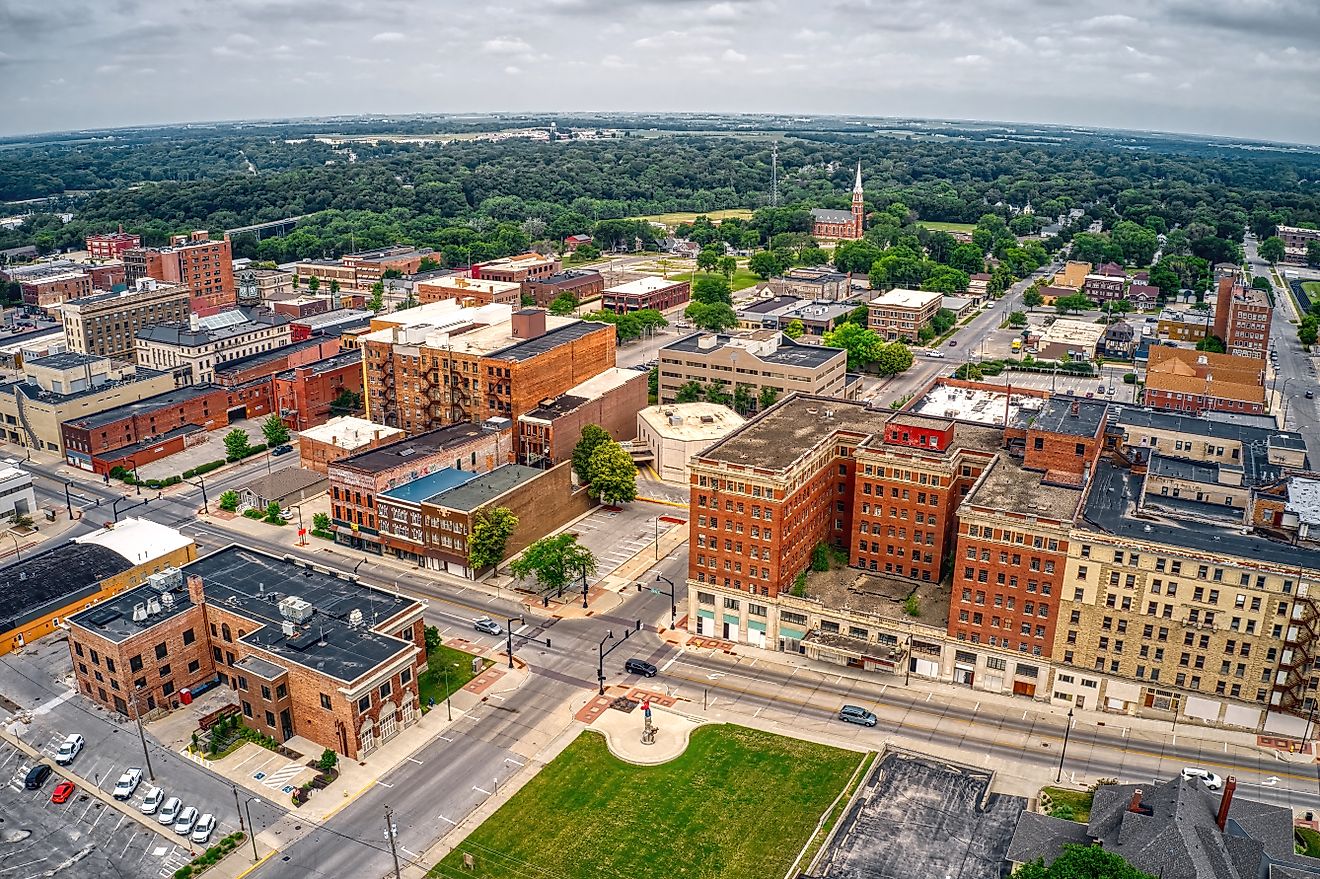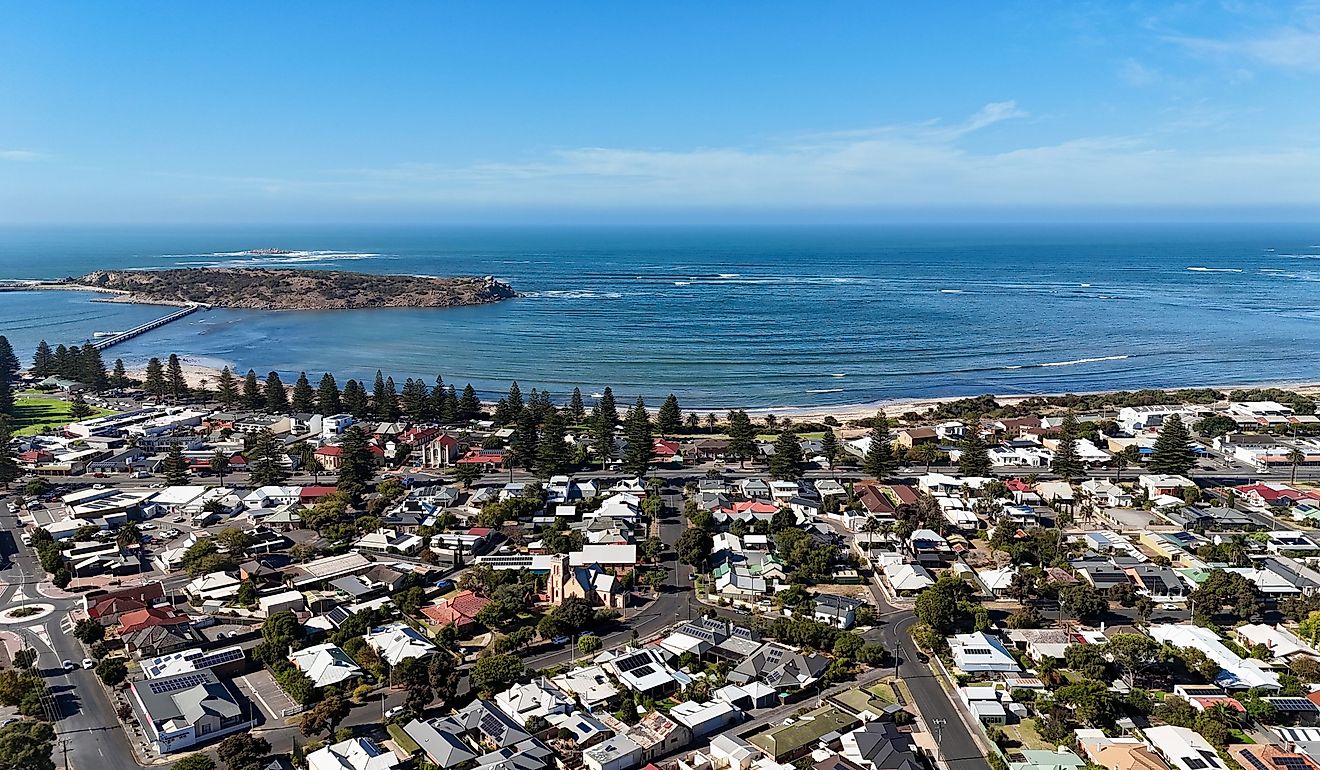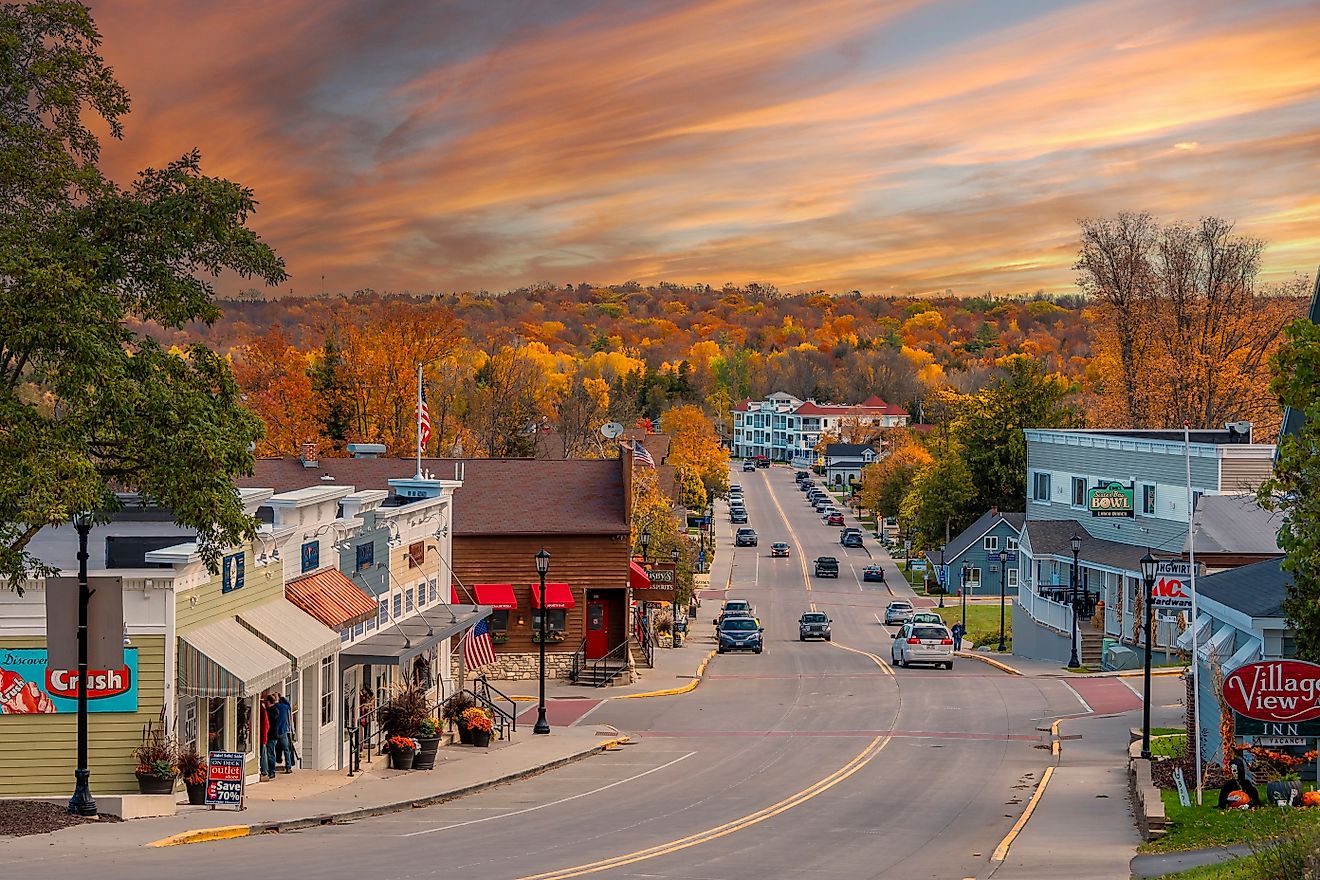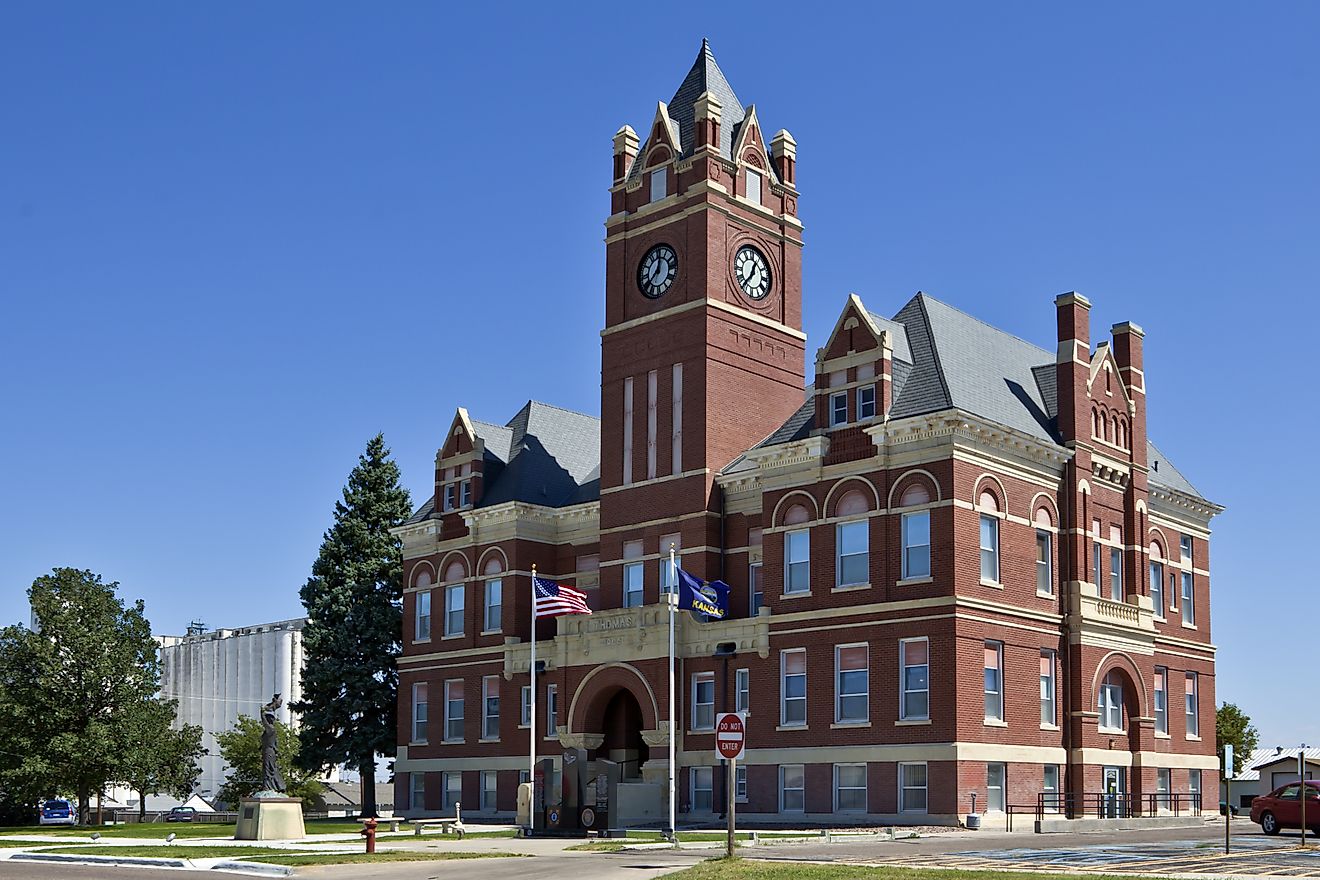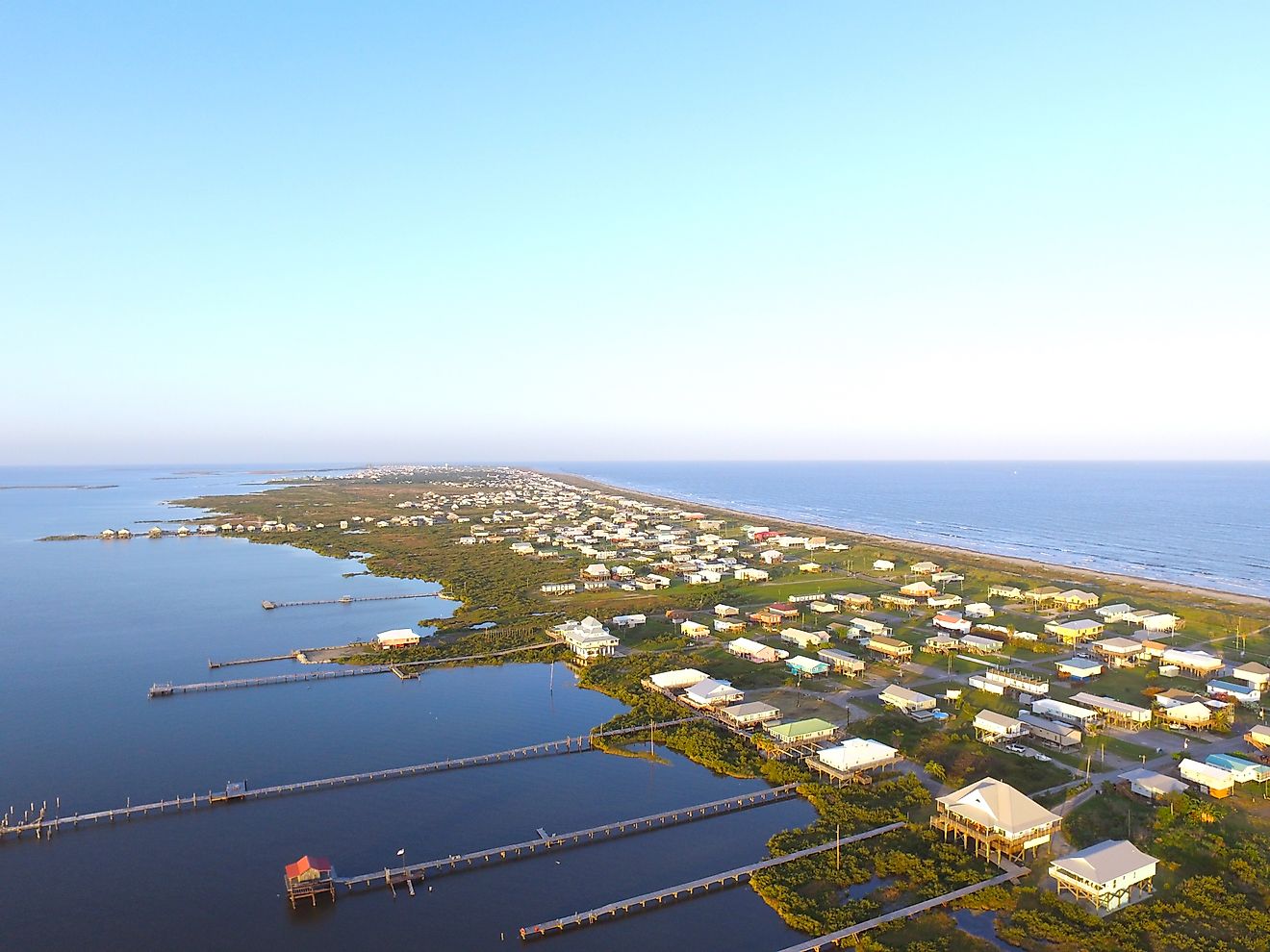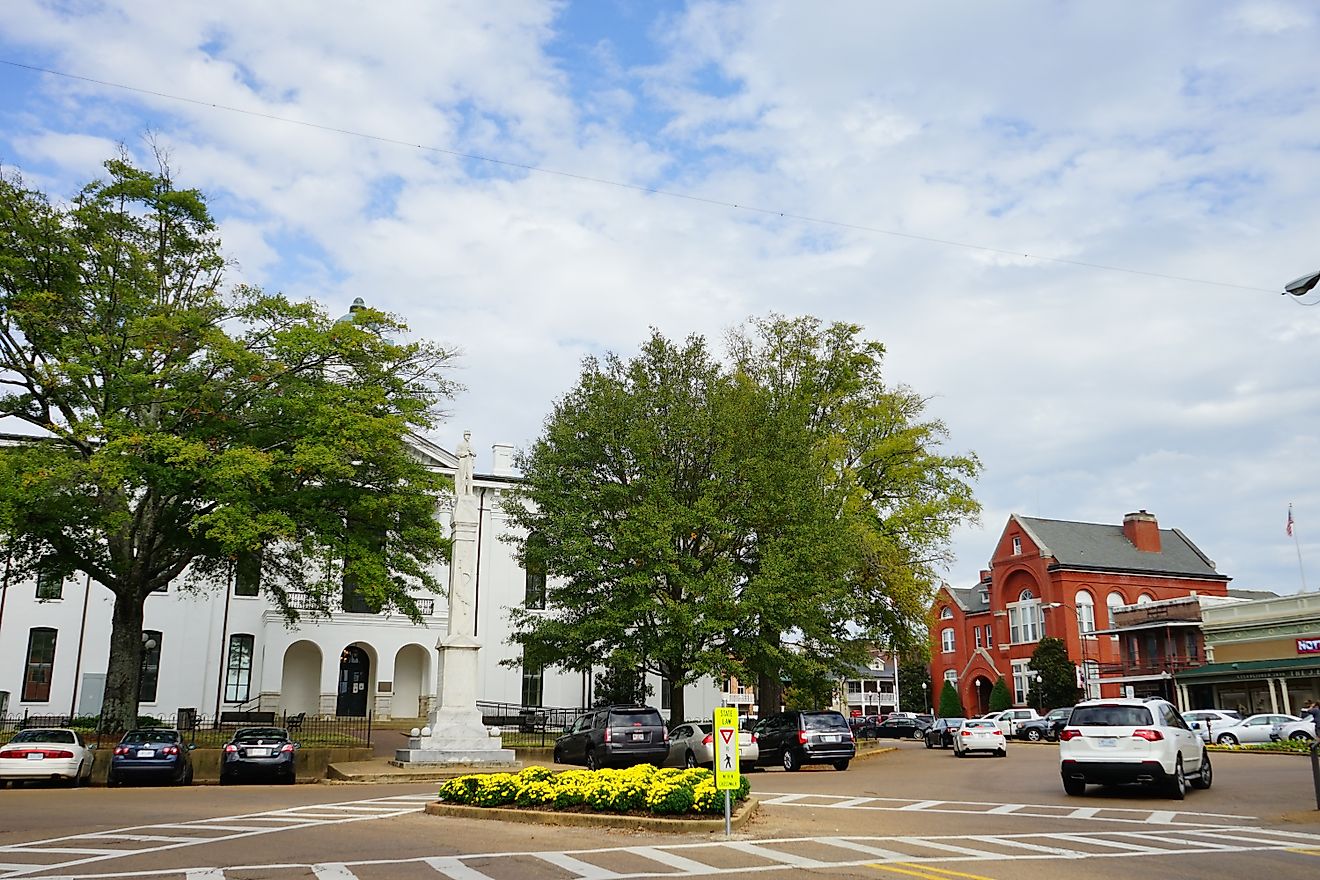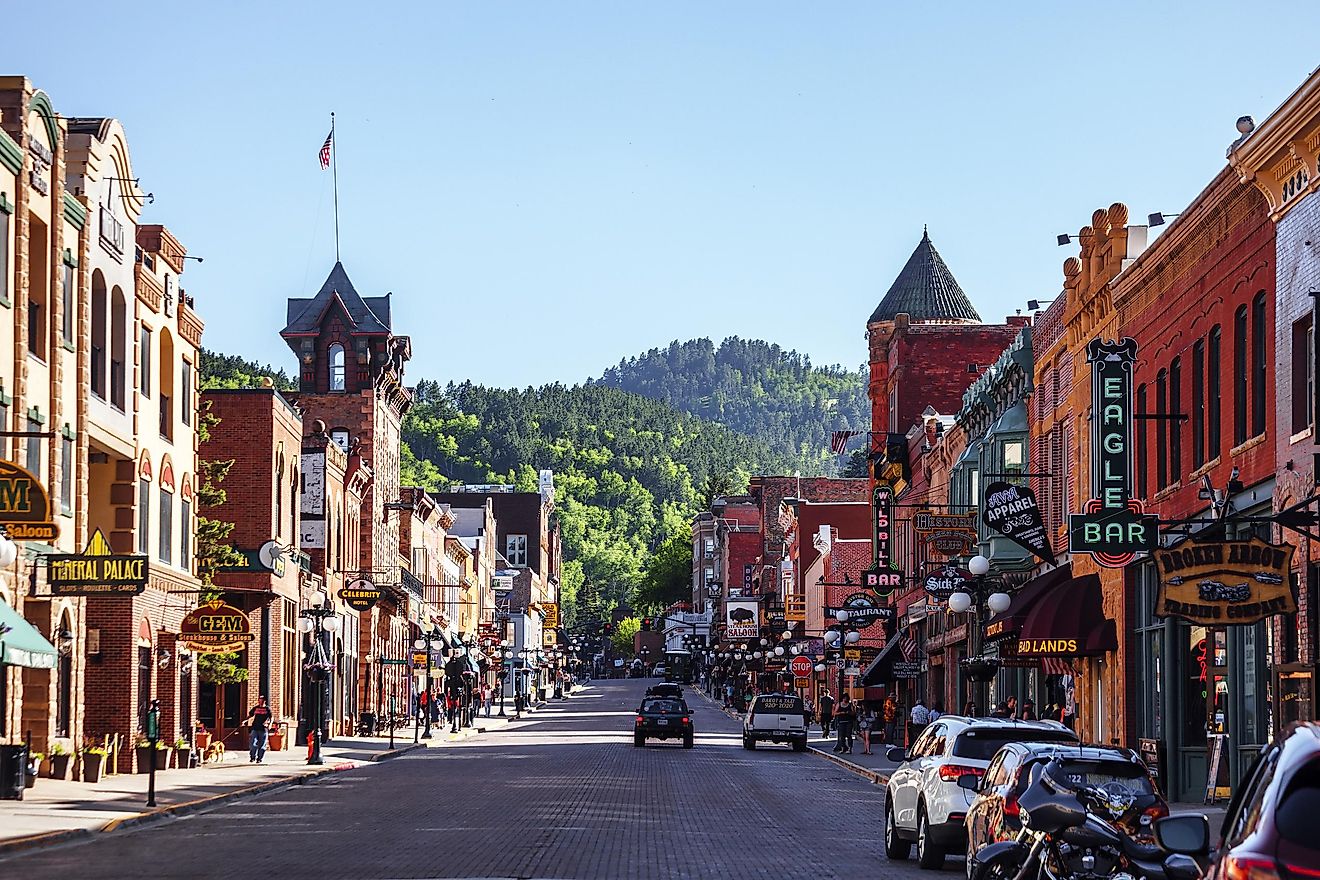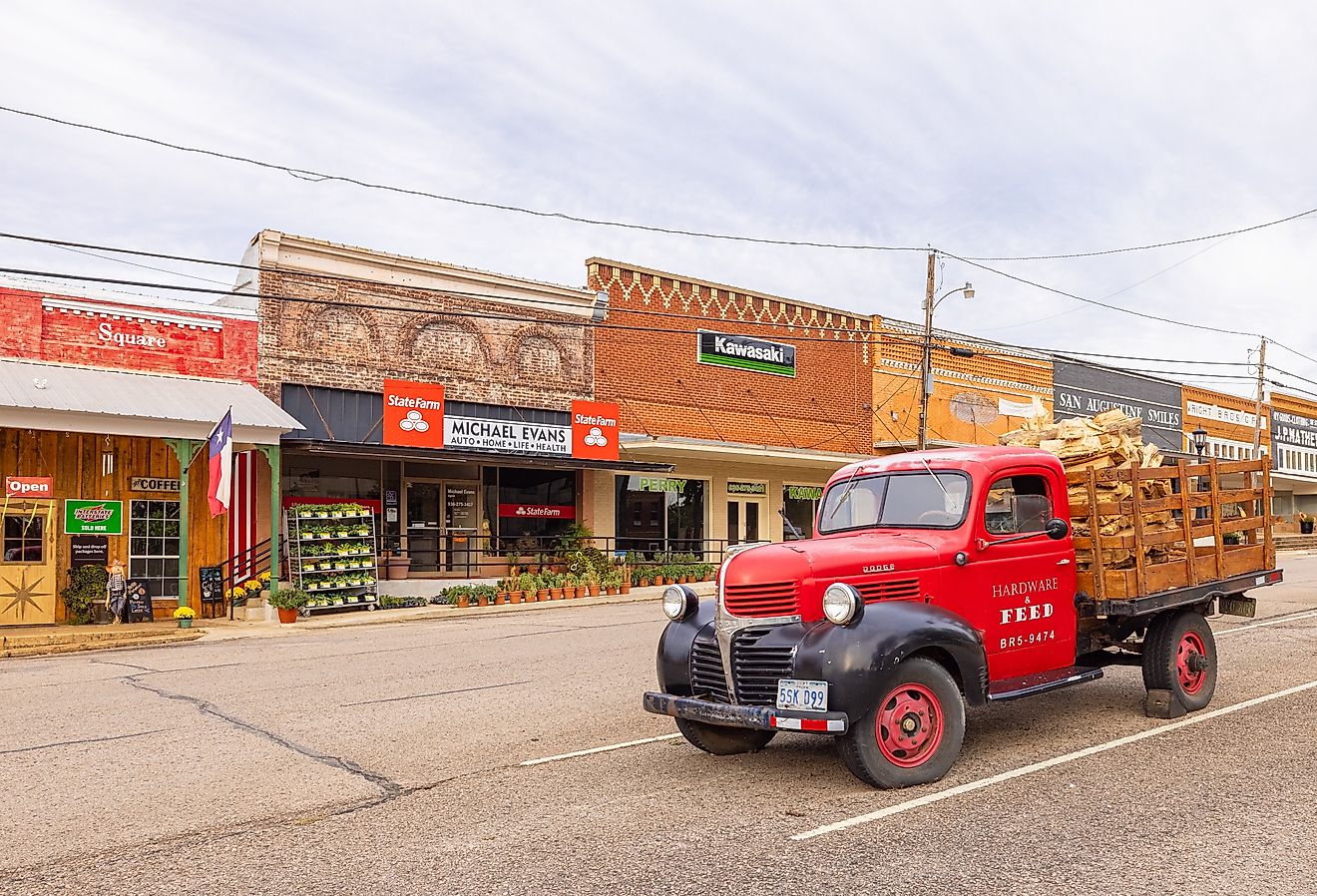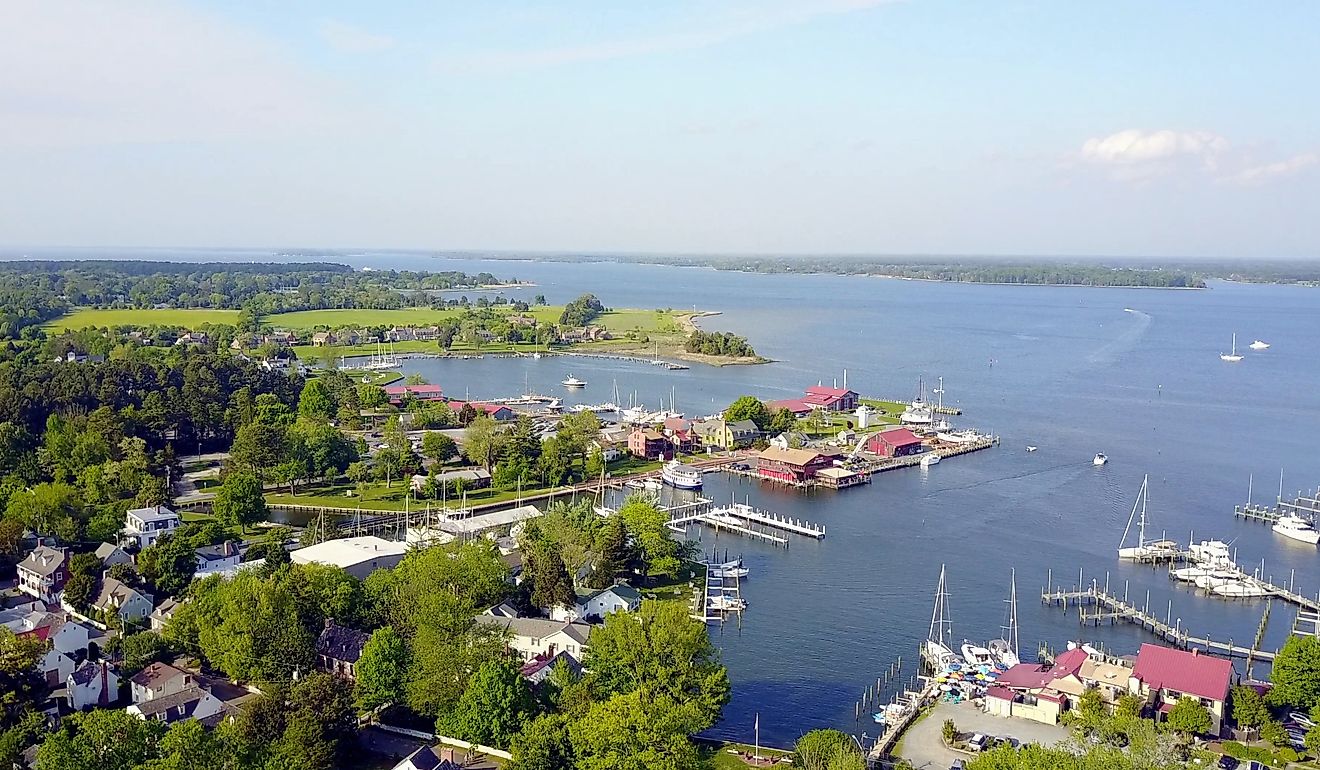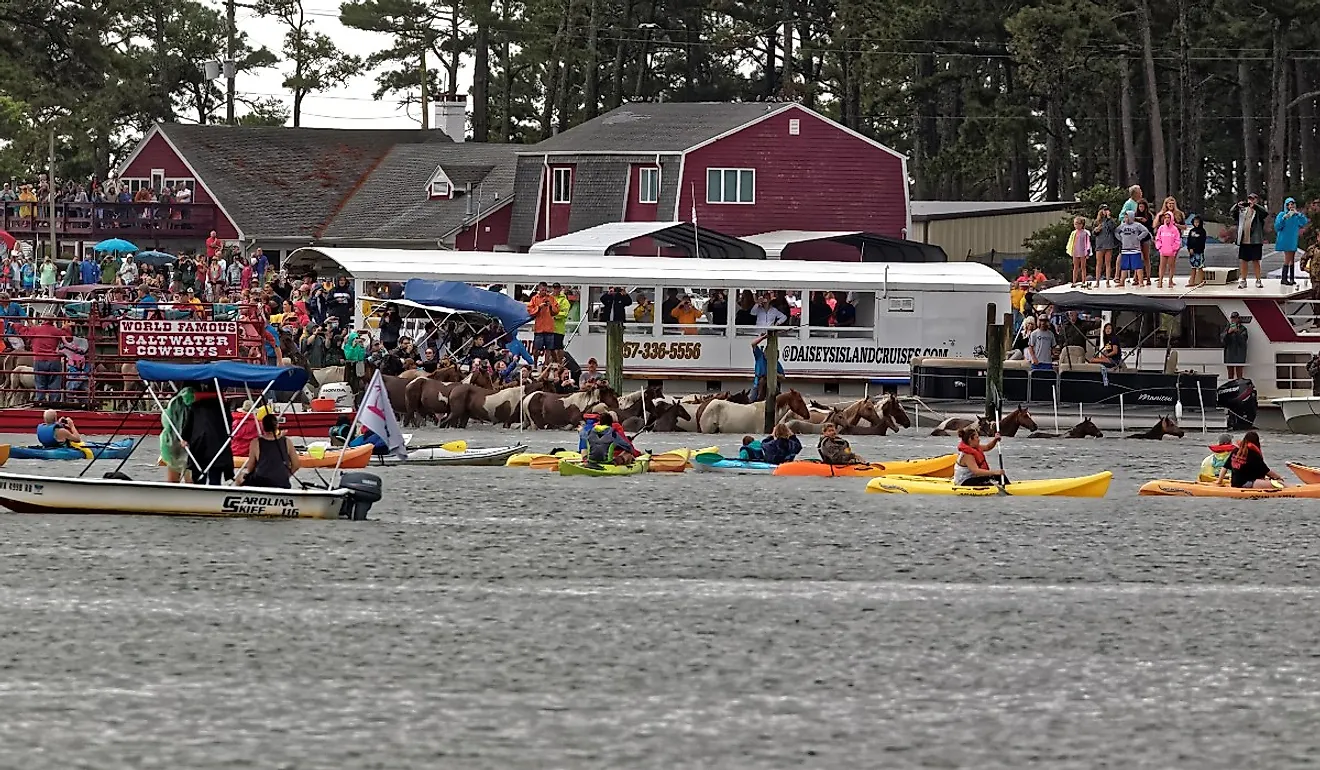
Liverpool, United Kingdom
Liverpool is the name of both the city proper and a metropolitan borough in Merseyside county, England. The name Liverpool comes from Old English, according to most experts. Lifer means muddy or thick water, and pōl refers to a pool or creek. Citizens are called Liverpudlians or Scousers. Scouse is a stew that was popular with sailors, and it also refers to the city's unique dialect.
Liverpool is a UNESCO City of Music, where the Beatles famously got their start. The city is iconic to football fans as home to two Premier League football teams: Liverpool FC and Everton FC. It is a city whose rich history played a key role in shaping the modern era.
Geography Of Liverpool

Liverpool is located in Merseyside county, about 176 miles (283 km) northwest of London. The city was built along a ridge of sandstone that rises about 230 feet (70 m) above sea level. It is part of an area known as the West Lancashire Coastal Plain.
Liverpool's location as a port city was crucial to its development. Located in the northwest of England, Liverpool is situated at the estuary of the River Mersey, on the north side of the river, a few miles from where it flows into the Irish Sea. The Mersey Estuary separates Liverpool from Cheshire (the Wirral Peninsula).
Climate Of Liverpool
Like much of the UK, Liverpool experiences a temperate maritime climate (Köppen: Cfb). Rainfall is common throughout the year, from cool winters to mild summers. While rainfall occurs frequently, it is most often light, with heavy rains being rare.
During the warmest months, from June through August, daytime highs average between 65 °F to 68 °F (18 °C to 20 °C). Daily highs hover around 46 °F (8 °C) from December into February. Snowfall is common between November and March, but heavy or prolonged periods of snow are rare.
Rainfall averages about 70 mm spread over 12 days each month.
History Of Liverpool

Before the Romans, the area around Liverpool was part of the territory of the Brigantes and Cornovii, native Briton tribes. The Romans called them Picti or Painted People because of their many tattoos.
The Romans created a settlement 20 miles from Liverpool in Chester in 70 AD and may have called Liverpool and Merseyside county by the name Portus Setantiorum. The Romans left England in 410 AD, and the area became disputed territory between the invading Anglo Saxons and Scandinavians. During the 9th and 10th centuries, the area around Liverpool was part of York, a Scandinavian kingdom.
In 1207, King John granted a charter for a town that would become Liverpool. The seven streets of the original town plan are still in existence. Despite its favorable location, growth was slow through the Middle Ages. The city briefly fell under siege during the English Civil War in 1644.
The old Roman city of Chester, on the River Dee, was once more prominent as a port. However, over the centuries, the Dee silted up and became difficult to navigate, shifting focus to the Mersey River. From the 18th to the early 20th centuries, Liverpool's status climbed as its importance as a port grew.
The city's involvement in the slave trade spawned a strong local abolitionist movement in the 18th century, with prominent members such as shipowner William Rathbone IV. Liverpool reached city status in 1880 and formed an independent borough in 1889.
During the Second World War, the German Luftwaffe sent 80 air raids over the Merseyside area, damaging or destroying about half the homes in the urbanized area of the time. About 2,500 people were killed.
The Postwar period was one of the massive construction projects, including large housing estates, and the largest dock in Britain, the Seaforth Dock. In 2008, the city was named the European Capital of Culture, a designation that coincided with a wave of urban development and economic revitalization.
Demographics Of Liverpool

It is estimated that the town's population had reached about 500 by the mid-16th century, growing slowly until the 18th century, when international trade and then industrialization drew in people from the surrounding areas. During the Irish Potato Famine of 1845 to 1849, the city saw an influx of many immigrants from that nation.
The city's population peaked at 846,101, according to the 1931 census records. To combat overcrowded inner-city neighborhoods, a government effort redirected population growth to new suburban areas such as Kirkby and Runcorn after WWII. Many immigrants from Commonwealth nations came to the city, starting with the period following WWI and picking up steam after WWII.
After decades of steady losses due to suburban development and the general decline of industry globally, the city's population has risen gradually in the 21st century, from 439,473 in the 2001 census to 498,042 in 2019, with a metropolitan area counted at about 2.24 million.
Economy Of Liverpool
Accessible transportation was key to the city's growth. In 1715, the first dock was built, to be joined by four more by 1800. By 1900 or so, there were 7 miles (11 km) of docks along the Mersey. The Liverpool and Manchester Railway, England's first modern urban railway system, opened in 1830. Ferry service from Liverpool to Wirral across the estuary dates back to the 12th century or so, experts believe. Steam ferries were launched in 1815.
When Britain colonized the Americas and West Indies, it opened up a trade route, and Liverpool grew in prominence. Its wealth included the trade of manufactured goods, raw materials from the Caribbean, such as sugar, as well as the West African slave trade.
Mass transit was pioneered in Liverpool to aid its large contingent of workers, including electric trains and trams. The city also spawned many social innovations, such as the first medical officer for health, free school meals, and the world's first integrated sewer system, among many others.
The port has developed into a major center for container shipping and became a terminus for cruise ships in 2012, increasing marine traffic.
The economy of modern Liverpool is one of the largest in the UK and has shown growth since the mid-1990s, even with the general decline in its historic industries. Like much of the UK, the city's economy rests largely on the service sector, including education, health, banking and finance, and public administration.
Attractions In Liverpool

Because of the city's storied musical history as the birthplace of the Beatles, tourism is a major industry in Liverpool. It was the fifth most visited city in the UK in 2019. Liverpool is second only to London when it comes to the number of museums, art galleries, parks, and other cultural institutions in the United Kingdom.
Liverpool's history lives in many iconic buildings and neighborhoods, including the Albert Dock, William Brown Street, and many others. Many areas of the city center were designated as World Heritage Sites from 2004 until 2021, when the designation was dropped due to concerns over the development.
During its heyday, the world-famous Cunard and White Star Lines made their homes in Liverpool's port, and it was the port of registry for the RMS Titanic, RMS Lusitania, and many others. Its waterfront still displays iconic landmarks of the Industrial Revolution, including the buildings known as the Three Graces – Royal Liver Building, Cunard Building, and Port of Liverpool Building. With a complex past that became part of global economic and social history, it is a city with a renewed sense of purpose in the modern era.
